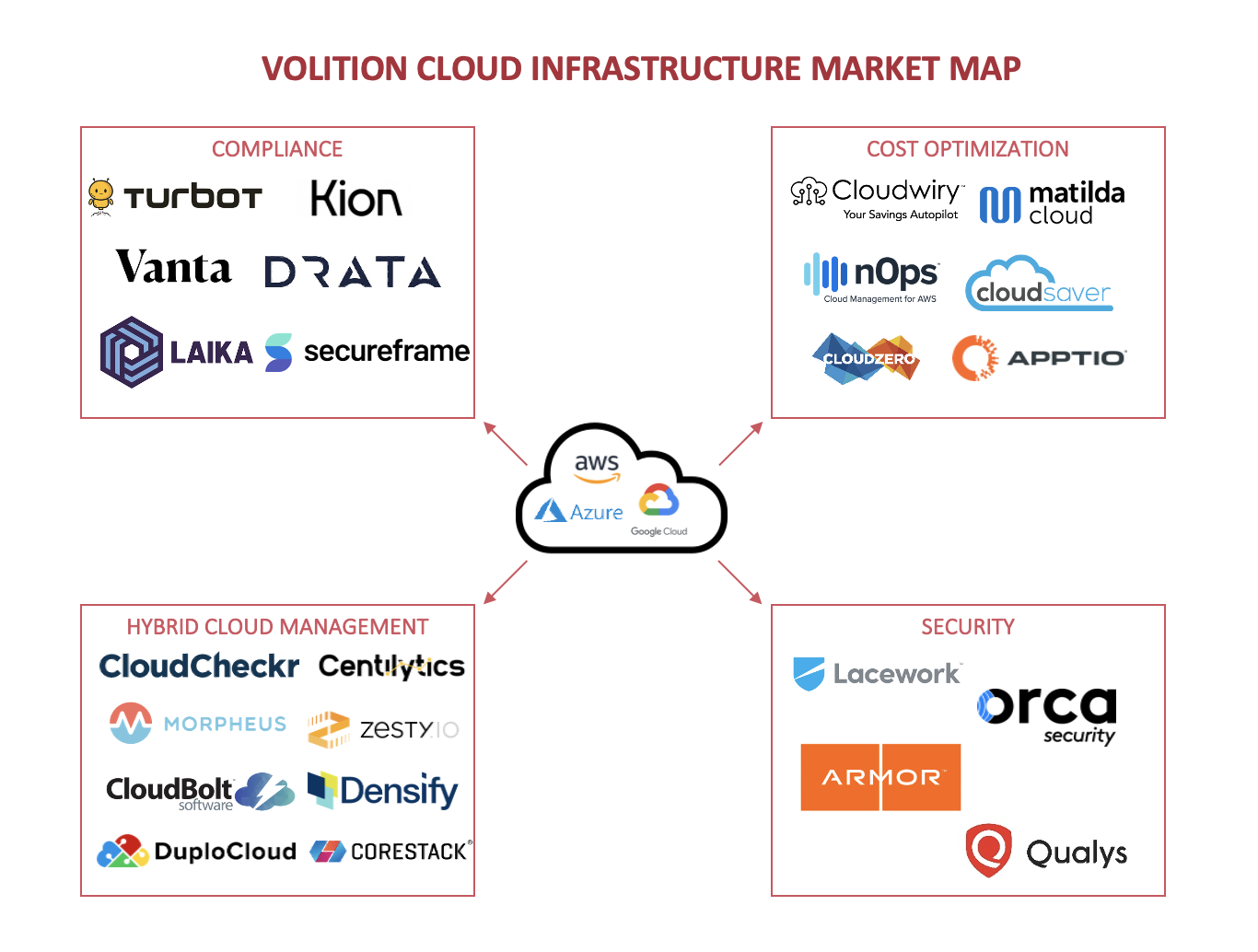As digital transformation initiatives have accelerated across nearly every segment of the economy, so too has the adoption of the public cloud infrastructure that is fundamentally enabling organizations to modernize their technology footprint. It’s estimated that worldwide cloud infrastructure services spend reached $49.4B in Q3, representing 35% annual growth. And while organizations are certainly building long-term value via spend on these initiatives, the sheer growth of the cloud cost center is forcing CIOs and technology leaders to revisit how they measure and manage spend on their cloud infrastructure and the ROI it produces.
why companies are adopting multi-cloud infrastructure
The majority of spend on cloud infrastructure today flows through three major public cloud service providers, Amazon Web Services (32%), Microsoft Azure (21%), and Google Cloud Platform (8%). Considering the still-emerging nature of public cloud hosting, many companies are not keen on choosing one provider to host their full environment, citing security and pricing concerns. As a result, companies have begun to test out multi-cloud infrastructure. This approach utilizes the strengths from each provider, thus optimizing the hosted environment, as well as ensuring a level of diversification. While there are many advantages to a multi-cloud environment, companies are struggling to maintain oversight on spend and compliance across multiple environments.
Lack of visibility = inefficiencies
The lack of visibility over a hybrid-cloud environment leads to tremendous inefficiencies within budgeting spend for computing capacity, as well as failure to maintain pace with a rapidly changing regulatory landscape. A recent survey by HashiCorp on companies hosting multiple cloud service providers showed that 39% of respondents said their organization overspent on the cloud and 12% of organizations spent less than they projected to. In effect, the increased efficiency and system performance is counteracted by dollars wasted, smaller margins, and greater regulatory hurdles.
Market opporunities
Without the capability to build governance or cost management tools in-house, companies are looking to outsource this responsibility to purpose-built software solutions. This represents a large market opportunity for companies to provide budgeting and compliance software to businesses that are hosting their digital infrastructure within multiple cloud providers, as Flexera’s state of the cloud report showed 27% of respondents cited cost savings as a top priority in 2021 compared to just 9% in 2020. There are a few large competitors in the space currently, including VMware, Apptio, and CloudCheckr; however, we believe that the current spend trajectory presents significant room for emerging players to continue grabbing market share as more companies transfer their infrastructure to the cloud.

As multi-cloud adoption increases, there is a continued risk of wasteful spending and lack of governance within public infrastructure. Solutions such as spend optimization and IT governance software present the ability to effectively utilize the advantages of multi-cloud infrastructure without the headaches that typically accompany budgeting and oversight across multiple environments.

